Hey everybody! Hope you all had a nice Christmas break :-)
We’re back, as promised, with a new update. This one was written by Ángel, our very best narrative designer, enjoy!
Ph’nglui mglw’nafh Cthulhu R’lyeh. What, in this given context, would be translated as “Welcome to the first update of 2017”. Enter on your own will and leave part of the happiness you carry around.
Until now, not in the trailers, the blog entries or in the interviews have we gone deeper into the Lovecraft side of “A Place for the Unwilling”. Yes, since our Kickstarter campaign we had stated that good-old H.P. Lovecraft would be part of this project. But we still haven’t clarified to what point. Is it a mere ispiration? Is it just about using only the essence of his tales? Does the game follow his work up somehow? Today we’ll answer some of those questions. But first, a bit of personal history.
I believe I read my first Lovecraft story, “The Statement of Randolph Carter”, when I was about 9. In the countryside there’s a way to brand cattle so anybody can spot its owner. You take a red hot iron with the farmer’s mark and press it against the cow’s meat. I felt something like that, in terms of intensity (as well as atrocity), while reading that tale. Its final line –- “YOU FOOL, WARREN IS DEAD!” –- written in uppercase, still visits my nightmares.
Only a small step separated that tale from assaulting my aunt’s own Lovecraft library. After reading this short story I found out that my aunt Ines had been fond of Lovecraft during her teenager years. I invaded her collection of anthologies, which rested hidden in one of my grandparent’s rooms. I read them all over and over again. “The Whisperer in Darkness”. “At the Mountains of Madness”. And my favorite, “The Dream Cycle of Randolph C. Carter”. All of them published by Aguilar. All of them translated by Rafael Llopis. All of them extraordinary.

Saying that Lovecraft changed my life is to fall short. He shaped it. Everything I aspired to be as an artist. What I requested from fantasy. My fears. My wishes. All of that crystallized in those early readings, not only of horrors before which one feels like a speck of dust in the cosmos, but also of the wonders that were only possible beyond the Silver Key door. Going down the golden steps that lead to the deepest part of the dream.
When I took matters into my own hands as the narrative designer of “A Place for the Unwilling”, I confessed to the rest of the team my wish for the game to be a LOVECRAFT story, not INSPIRED BY LOVECRAFT. The difference is subtle but important.
When one watches a movie like “Re-animator” what they find is a violation, so to speak, of what Lovecraft meant. It’s so ironic that it hurts. Lovecratf’s tales were published in pulp magazines, those that would be later identified with bright colors and ridiculous stories. Those covers that we remember are the antithesis of Lovecraft’s work. He was a poet, an exceptional writer that not even being a misogynist and a racist lost any of his sensitivity when describing the sensations, places and beings beyond humanity. A movie like “Re-animator” assumes Lovecraft was like the covers of those magazines. Trashy fantasy. And that hurts those who have read his work over and over again.
What have we done in “A Place for the Unwilling” to avoid falling into the cliché of tentacles and shots that populate so many Lovecraft adaptations? The answer fits in just a few words: taking root in the lovecraftian mythology. Not in the one by August Derleth. Not in the ones crafted by all those copycats which, with more or less fortune, have imitated his style. The plot in “A Place for the Unwilling” is coherent and continuist with the canon established by the 23 Lovecraft tales that form “Cthulhu Mythos”. Not only that, our game also follows the steps of the other tales written by Lovecraft about the dream world, those that tie together, occasionally forgetting about pure horror, its mythology.
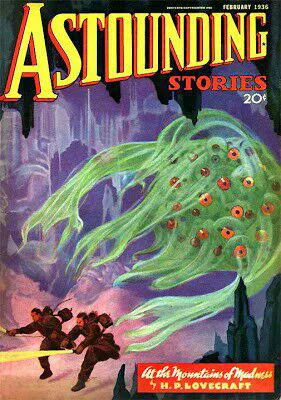
The reason why we don’t talk too much about this decision, on both trailers and devlog updates, is because we believe many overuse the name of Lovecraft to sell proyects. We can now say it out loud: “A Place for the Unwilling” is a “Cthulhu Mythos” story. To the last consequences.
We don’t want to spoil any of its content, because you’ll want to discover everything on your own. But what we can say is that there are three essential tales to which “A Place for the Unwilling” is a sequel and a prequel at the same time. “At the Mountains of Madness”. “The Dream Cycle of Randolph C. Carter”. And “Celephäis”. There is also a tiny play with a yellow monarch of which we have already spoken about, a monarch hat some believe could be an avatar of the Black Pharaoh.
Lovecraft wasn’t ever able to write his great novel. Nor did he create, maybe except for Wilbur in “The Dunwich Horror”, a memorable character. In “A Place for the Unwilling” we’re aiming to achieve both goals. A great project based on his imaginary. And 15 characters that you won’t forget. It’s an ambitious objective. And because of that, day to day, we keep shaping that dream up with our souls. Because winning or losing doesn’t really matter after all. The journey is the important part. That white ship that comes to pick us up, once in a lifetime, to take us to where dreams are realities.
We’ll be back in two weeks. Leave a comment if there’s anything you want to tell us. See you soon!

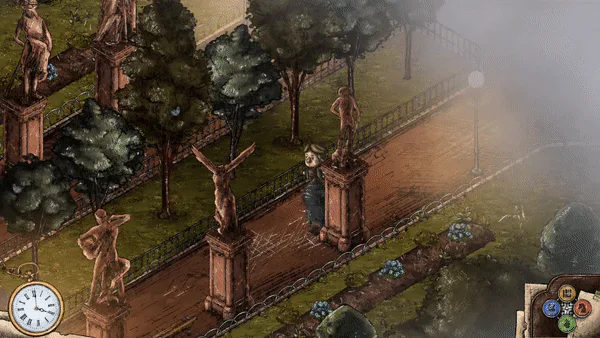

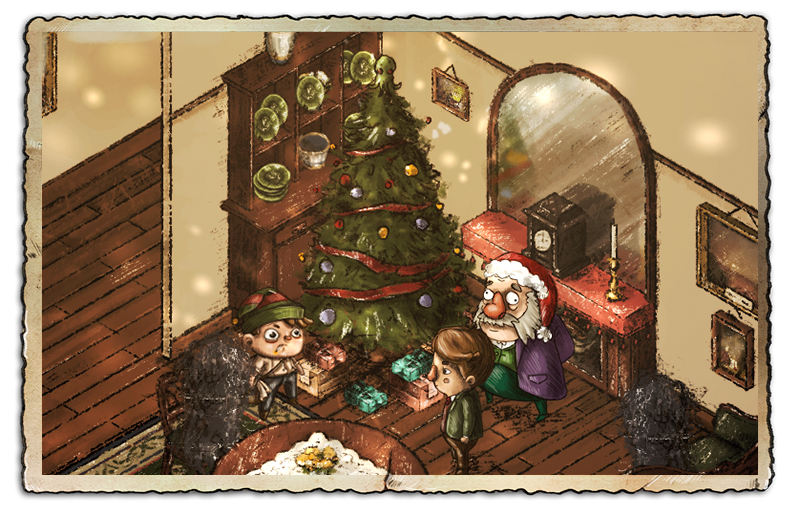
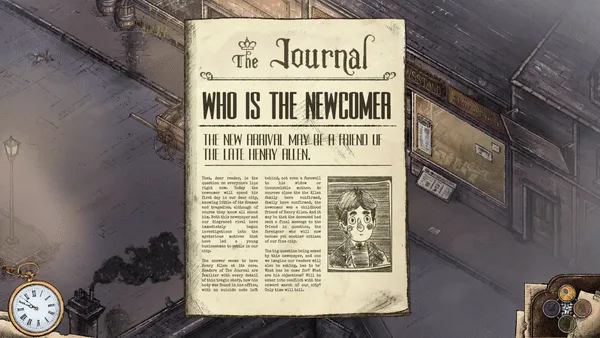
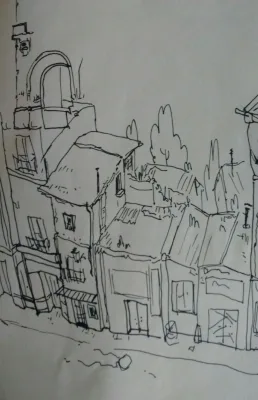
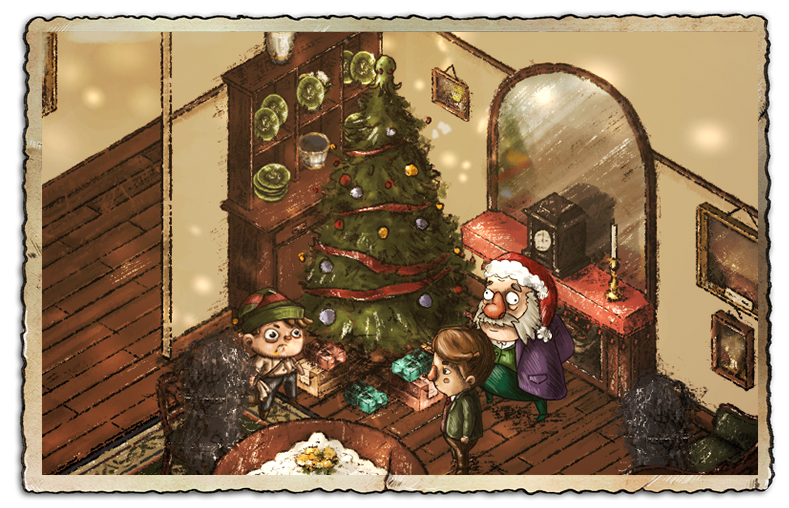
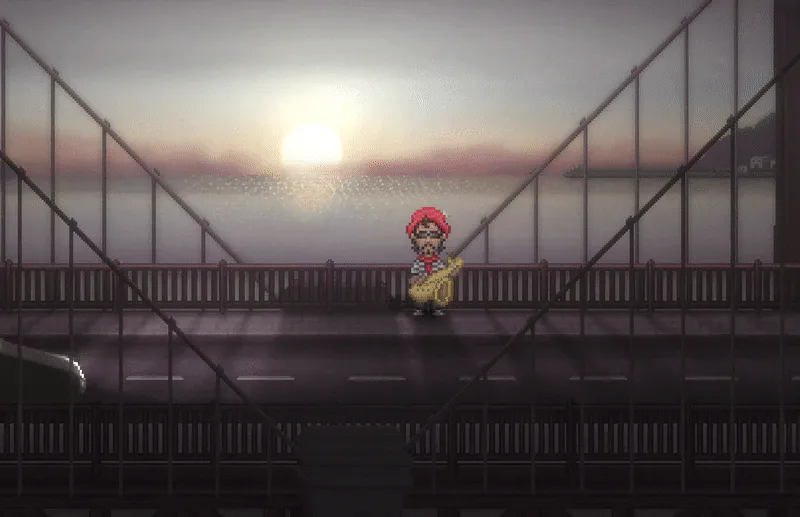
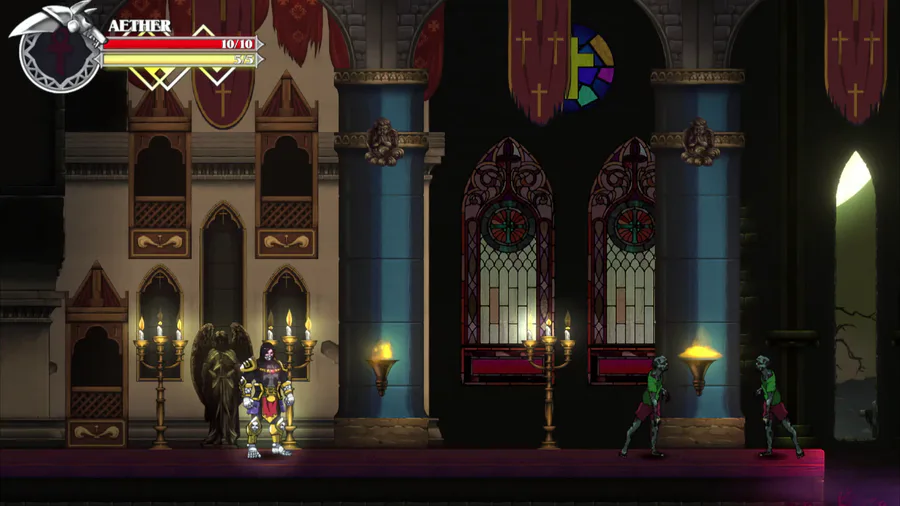

0 comments